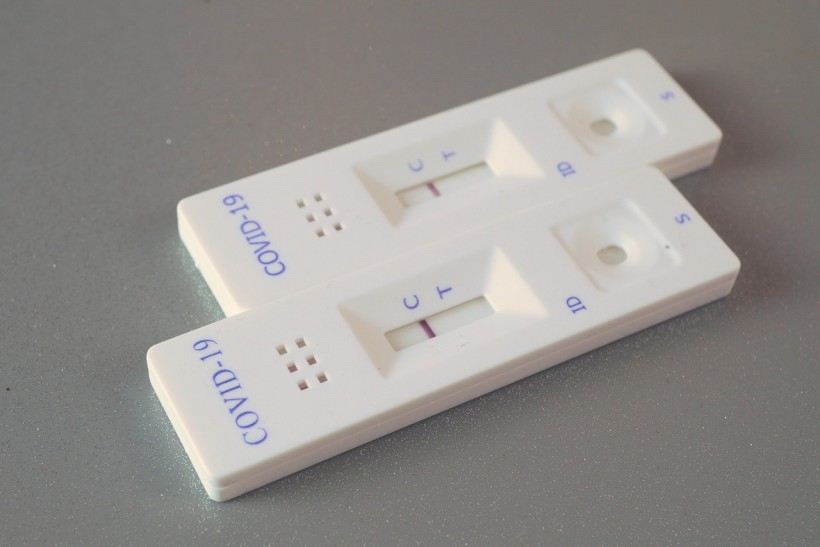Respiratory problems are caused by various respiratory viruses, and sometimes conventional tests can not identify them. So, scientists wanted to change the reliance on chemical reactions in diagnosing illnesses to using a sensor made of single-atom-thick nanomaterials.
As per SciTech Daily, the device offers much more than conventional tests as they could release results faster than the latter, even at much lower levels. The sensor is reportedly sensitive enough to simultaneously detect the presence of the viruses that cause COVID-19 and the flu.

Nanomaterials-based Sensor Can Detect Flu, COVID-19 Quicker Than Conventional Tests
COVID-19 and Flu Sensor
The researchers are set to present their findings this week at the American Chemical Society (ACS) event called ACS Spring 2023. The event is a hybrid meeting held virtually and in person between March 26 and 30.
Deji Akinwande, Ph.D., presenting the findings, noted that the symptoms of both flu and COVID-19 overlap, making it difficult to distinguish their diagnosis. It is more difficult when both viruses of these diseases are circulating together, so it is crucial to have a sensor that can detect which disease someone has or whether they have any or both.
Akinwande, who is connected with the University of Texas at Austin, said that the sensor they are developing could also be modified to detect other infections. They said they made it using graphene, a single layer of carbon atoms formed in a hexagonal lattice pattern.
It is so thin that the nanomaterial is deemed highly sensitive to any electrical changes in its surroundings, SciTech Daily reports. The team saw its potential along with using other nanomaterials in creating the sensor for various applications.
Akinwande said that these ultra-thin nanomaterials hold the record for best sensitivity and can improve the ability to detect bacteria or viruses, whether in the air or the blood.
Before this study, the same group also presented their graphene-based temporary tattoo that can measure blood pressure. It is made of pairs of sensors placed along the arteries of the arms. It sends an electrical current and uses that signal to determine blood flow.
READ ALSO: Nanomaterial-Based Devices Potential for Reducing Cardiovascular Diseases and Even Death
How the Sensor is Made
According to the press release via ACS, researchers made graphene that will respond to the presence of a viral protein. So, they looked into the immune system that produces antibodies fine-tuned to recognize and latch onto specific pathogens.
Then, they linked the antibodies to the flu virus and SARS-CoV-2 virus to graphene. When a virus sample was placed on the sensor, the antibodies would bind to the viral proteins, changing the electrical current.
They did this experiment by using proteins from the viruses delivered in fluid intended to resemble saliva since they did not have the safety facilities needed to experiment. Their findings showed that it successfully detects the viral proteins when present and even when it is at extremely low quantities.
It suggests the sensor can detect many sparse viral particles in a breath. The sensor worked so well that it returned results in just 10 seconds of dropping the sample, compared to conventional COVID-19 tests that take minutes or hours; sometimes, a second viral test is even required.
The team is improving the performance of its nanomaterials-based sensor by expanding the slate of viruses it can detect, especially other variants of the SARS-CoV-2 virus.
RELATED ARTICLE: New 'Chemical Scissor' Could Cut, Stitch Layered 2D Nanomaterials to Design Future Technology
Check out more news and information on Nanotechnology in Science Times.














